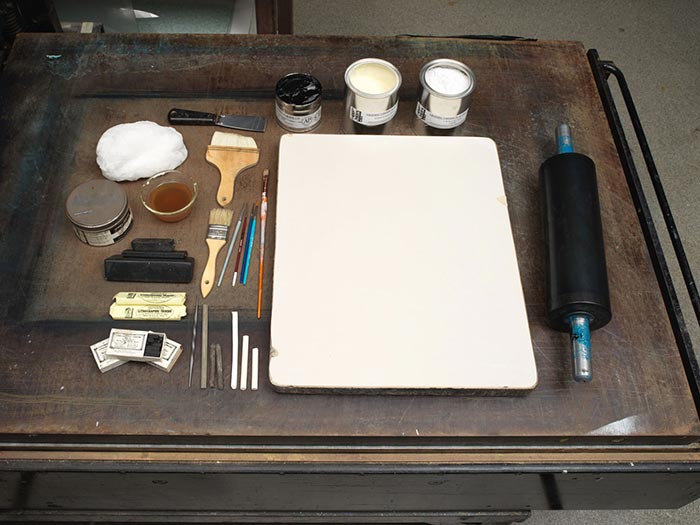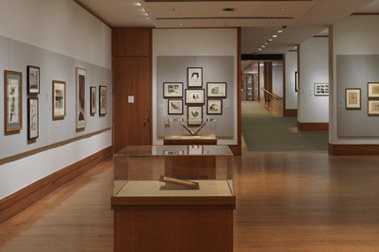Horse Car Sports Going to a Chicken Show: All Flush
Publisher Currier & Ives American
Not on view
The late nineteenth-century Darktown prints by Currier & Ives depict racist stereotypes that are offensive and disturbing. The Metropolitan Museum of Art preserves such works to shed light on their historical context and to enable the study and evaluation of racism.
In this print, a crowded street trolly pulled by two donkeys approaches the viewer. The sign at the top of the front of the trolly reads: "4-11-44/DARKTOWN FIFTH AV LINE." Caricatured Black (African American) men smoke cigars as they stand behind or beside the blue-uniforned trolly driver. One of them is a large man wearing a yellow-gold coat and top hat; he cradles a rooster with his left arm. Riding on the left step, shown in profile, is a portly man with a big belly; he wears a green vest, yellow pants with a red-grid pattern, a blue checked coat, and a straw hat. At right, a boy hangs on as he stands on the trolly step; he wears a red shirt, black cap, and tan pants. The title and caption are imprinted in the bottom margin.
This print is a companion to "Horse Car Sports on the Back Track: Dead Broke" [P. 365, Gale 3182; Metropolitan Museum of Art accession no. 52.632.33].
Nathaniel Currier, whose successful New York-based lithography firm began in 1835, produced thousands of prints in various sizes that together create a vivid panorama of mid-to-late nineteenth century American life and its history. People eagerly acquired such lithographs featuring picturesque scenery, rural and city views, ships, railroads, portraits, hunting and fishing scenes, domestic life and numerous other subjects, as an inexpensive way to decorate their homes or business establishments. As the firm expanded, Nathaniel included his younger brother Charles in the business. In 1857, James Merritt Ives (the firm's accountant since 1852 and Charles's brother-in-law) was made a business partner; subsequently renamed Currier & Ives, the firm continued until 1907.

